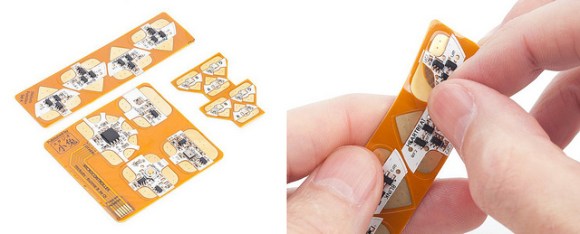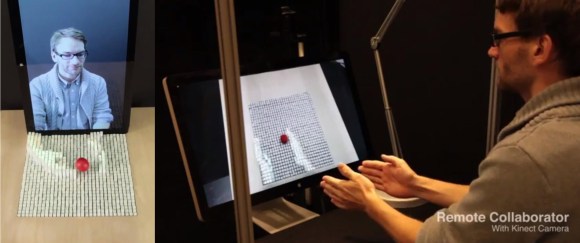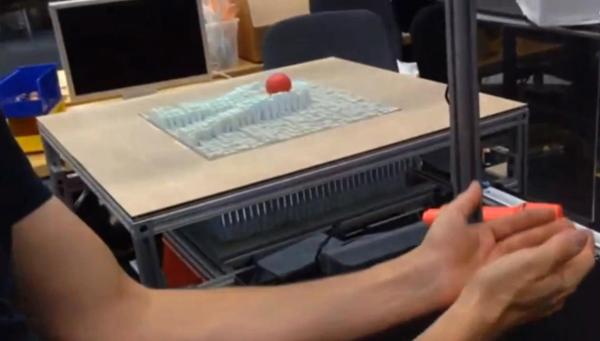
One of our tipsters just sent an interesting crowd funding project our way. They’re called Circuit Stickers and are a very creative way to get basic electronics into children’s hands through arts and crafts.
The project is the brainchild of [Bunnie] and [Jie Qi]. [Bunnie] is a hacker, and a Director of Studio Kosagi, a small manufacturing outfit in Singapore. [Jie] on the other hand is a PhD student at the MIT Media Lab, who focuses her research on combining electronics and programming with arts and crafts. They came up with this idea to bridge the gap that exists between electronics and the arts, and the stickers are a great start. They allow anyone to learn basic electronics in a very easy and friendly way, using skills we all learned as children, drawing and sticking stickers on everything.
The current offering includes LED stickers, effects stickers (to control the LEDs), sensors, microcontrollers, and even breakout boards. They are all in sticker form, and can be connected together using conductive fabric, thread, carbon-based paint, copper tape, pencil graphite, and really, anything conductive. They have already manufactured thousands of the stickers and everything is working as designed, so the crowdfunding campaign isn’t to raise funds to continue research, or even to start their company. It’s more of getting it out there, and getting these stickers into children’s hands to raise the next generation of hackers from a young age.
The video after the break gives a great overview of the project, and if anything we think it’ll give you some great ideas on children’s electronics projects.
Continue reading “Circuit Stickers” →
















